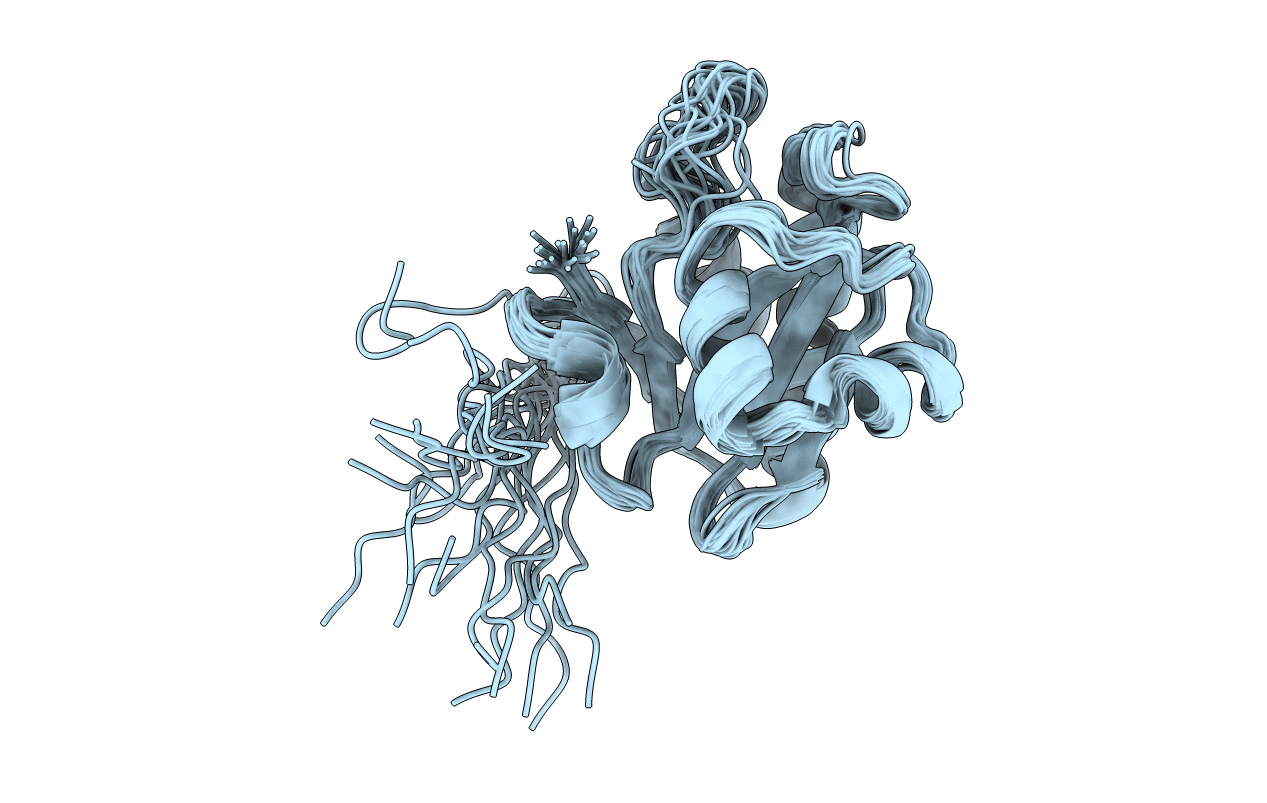
Deposition Date
2011-08-01
Release Date
2011-08-17
Last Version Date
2024-05-15
Entry Detail
PDB ID:
2LGR
Keywords:
Title:
Solution structure of human protein C6orf130, a putative macro domain
Biological Source:
Source Organism:
Homo sapiens (Taxon ID: 9606)
Host Organism:
Method Details:
Experimental Method:
Conformers Calculated:
100
Conformers Submitted:
20
Selection Criteria:
target function


